It’s time to ‘build, build, build’ to deliver sustainable energy independence
15 Jan 2023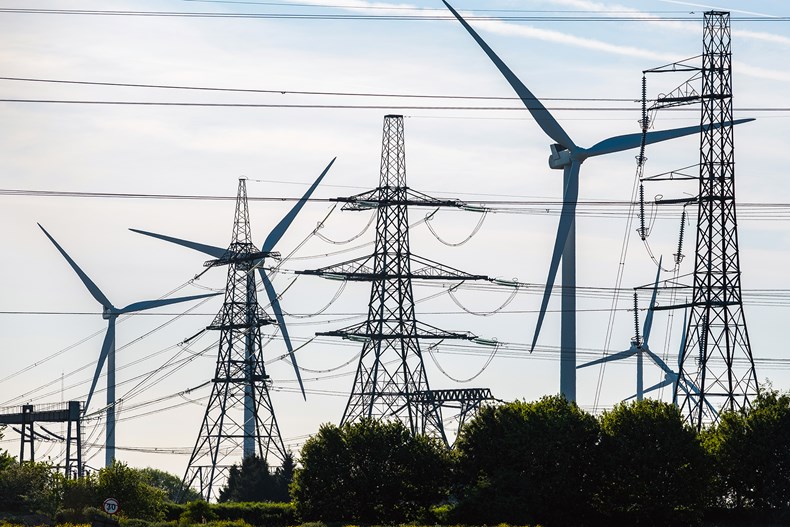
The UK Government’s Net Zero Review, published recently, neatly describes the clean energy transition as “the growth opportunity of the 21st Century” creating almost half a million jobs in what could be a £1Trillion market.
But it also notes this vast potential will only be realised if we “move quickly” and “act decisively to seize the opportunities in a global race”.
I agree.
When it comes to energy, we all understand the problem: an over-reliance on expensive imported gas and the regimes that control it.
We also have the solution: build a homegrown energy system that is cheaper, cleaner and more secure.
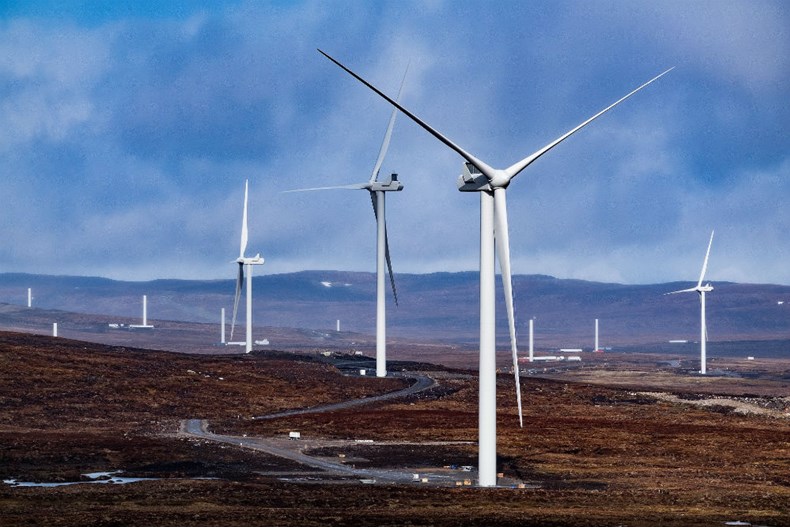
3 steps to sustainable energy independence
But as a country we aren’t moving fast enough, which is frustrating, especially as we know the three steps we need to take to deliver sustainable energy independence.
- We need to speed up construction of homegrown renewables to end our reliance on imports.
- We need to upgrade our electricity networks to meet the massive increase in demand coming in the years ahead.
- We need to develop cleaner forms of flexible power generation technologies such as carbon capture and storage (CCS), hydrogen plants and pumped hydro storage to keep the lights on when the wind doesn’t blow and the sun doesn’t shine.
"The real beauty of this is that as we do it, we can not only drive economic growth, but importantly ensure that the benefits of this are fairly distributed - creating good jobs in communities across the UK and breathing new life into our industrial heartlands."
So, what is holding us back?
Accelerating progress
There is broad political and public support for clean homegrown energy. We have the strategies and policy papers we need.
Ambition isn’t our issue, action is.
Here are two quick wins that would turbocharge delivery of the energy system we all want.
Firstly, cutting the time it takes to get consent for offshore renewables and electricity networks in half, at least. It can take more than a decade to deliver a wind farm currently. That’s far too long.
As we reform, we also need to work in partnership with communities who will be vital to delivering the energy system we need at pace.
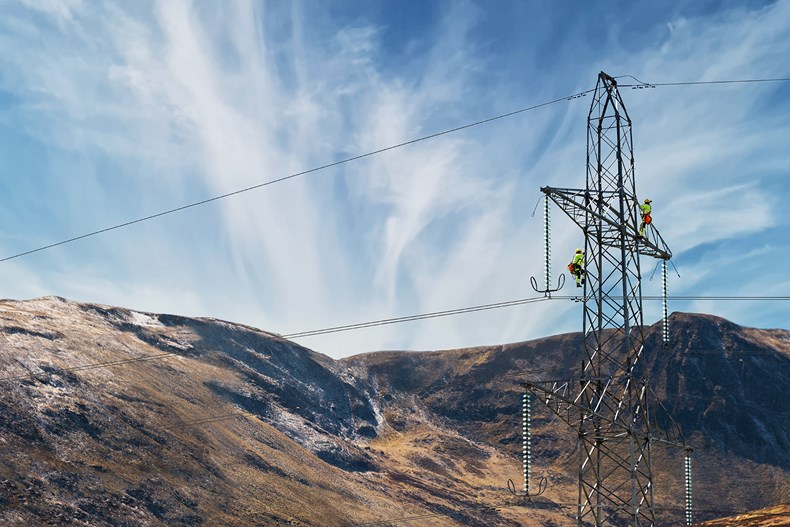
Secondly, we should also build a fleet of CCS and hydrogen power plants alongside the storage assets that will be needed to deliver a net zero electricity system.
Making these changes, rather than just talking about them, would send a powerful message: that the UK is really serious about sustainable energy independence.
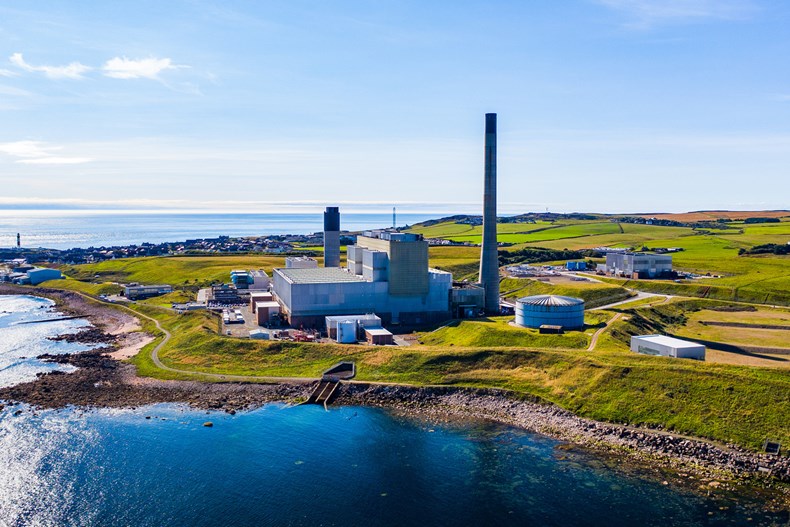
Providing a strong signal to investors will also help make the UK a more attractive proposition, keeping investment costs down which could save billions – a single percentage point increase in the cost of raising capital will add around £50bn to the cost of the energy transition, so investor confidence is key.
A cleaner, more secure energy system can be achieved more cost-effectively and efficiently - if we act now.
At SSE, we are ready to invest billions of pounds across the UK, creating thousands of good jobs.
And we are not alone. There is a whole clean energy industry ready to roar ahead.
We just need to see more urgency behind efforts to clear the barriers, green light projects and get clean infrastructure built.
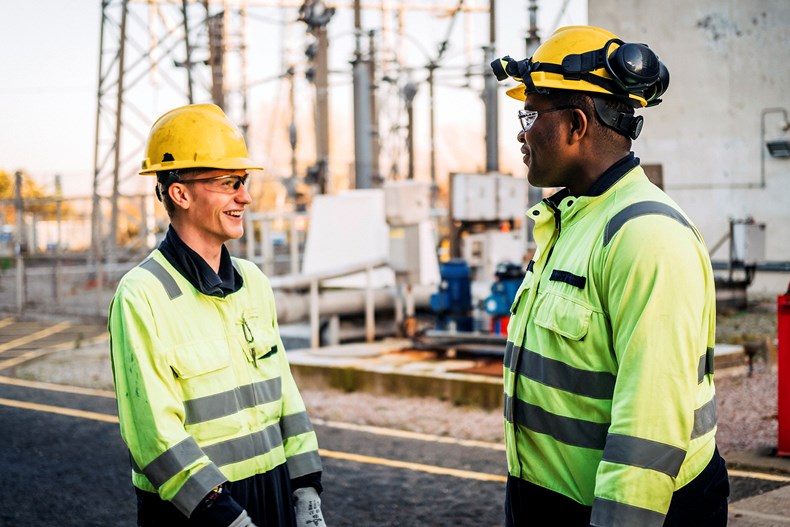
Speed of delivery matters
But if the UK doesn’t act quickly, others will. The US and Europe are racing to catch up.
This matters because the competition for investment, skills and access to technology is getting fiercer and fiercer.
But if we get this right, the prize, as the Net Zero review suggests, is huge.
"A homegrown energy system that will lower bills, strengthen energy security, and deliver a more sustainable future where our children and grandchildren can thrive, not just survive."
All while creating thousands of good jobs across the country, attracting inward investment and exporting our expertise internationally as a global leader in clean energy.
We know what to do.
It is time to be bold and actually do it.
Let’s make 2023 the year when we move from what some have described as ‘blah, blah blah’ to ‘build, build, build’.



